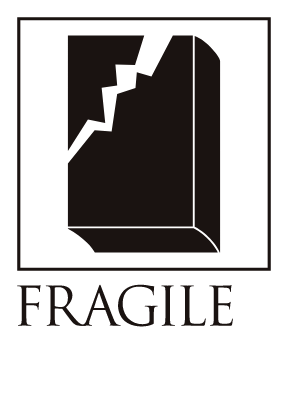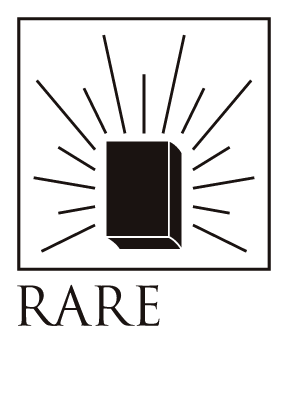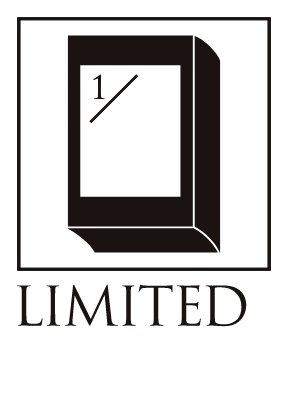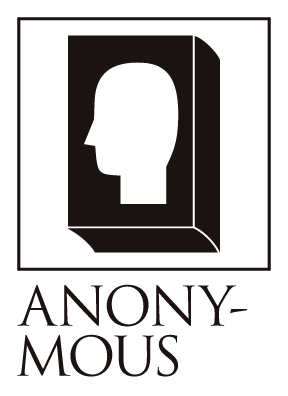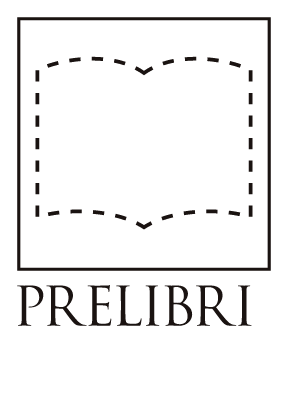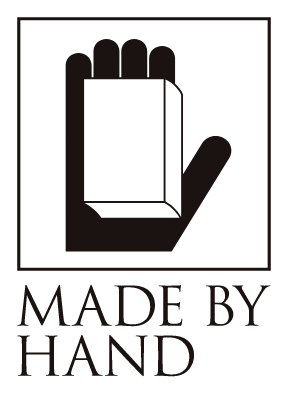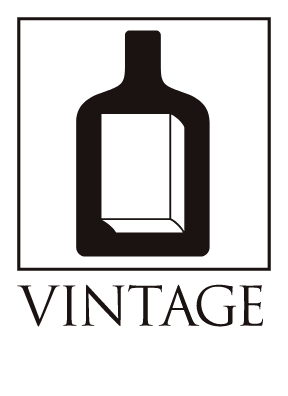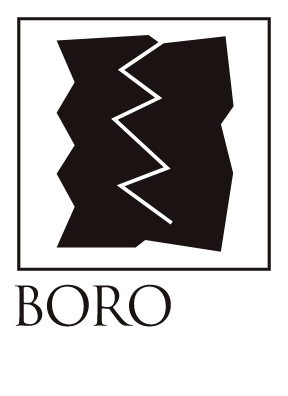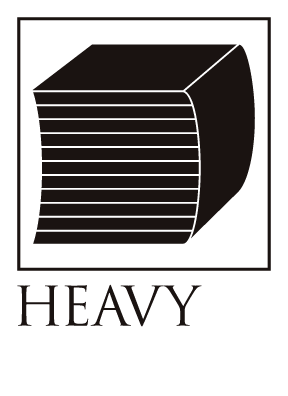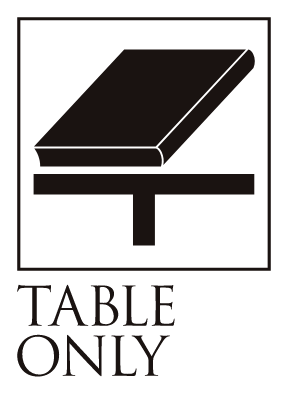Selection, Tradition, Creation | Charlotte Perian
Bibliographic Details
- Title
- Sentaku Dentô Sôzô / 選擇・傳統・創造
- Author
- Charlotte Perriand, Junzo Itakura / シャルロット・ペリアン、坂倉準三
- Publisher
- Koyama Shoten / 小山書店
- Year
- 1941
- Size
- h300 × w220 × 25mm
- Weight
- 1010g
- Pages
- 25p (Booklet), 53 plates / 冊子25p、図版53枚
- Language
- Japanese / 日本語
- Binding
- Softcover Booklet and 53 plates bound in cloth binding folder / 布製帙入
- Printing
- Letterpress and collotype printing / 活版印刷、コロタイプ印刷
- Condition
- The front side of the binding is slightly soiled and scratched, and the paper binding is missing the lower part / 布製帙の表側少汚れ傷・紙製のおさえ部分下方欠有
The day after the Germans fell to Paris,
Charlotte Perriand is
Departed for Japan.
For those who are looking for it, this is a classic that can be understood in one word: "that book by Perriand." It's been a long time since I got it. Unlike many of the things I've featured here so far, I think this is a relatively well-known rare book. Rare books are not something that can be twisted, and if you twist them badly and line up sales pitches, they will fall apart. This time, I would like to introduce it in a straightforward way.Charlotte Perriand is an architect and designer born in France at the beginning of the 20th century. In 1921, she studied decorative arts and painting at the École des Arts Décoratifs in Paris. Her work while still a student was exhibited at the 1925 Paris World's Fair, commonly known as the Art Deco Fair, and she established her own studio as early as 1927. That same year, she was recognized by Le Corbusier and Pierre Jeanneret for her work at the Salon d'Automne, and she quickly distinguished herself, entering their studio, which she had "long desired." In 1928, the year after she entered the studio of Corbusier and Jeanneret, she released her chaise longue "Shoes Long," made of steel pipes and canvas and known for a photograph of her lying down on it. After leaving the studio, she continued to work as a collaborator with both, while broadening her own field of activity and making many achievements, especially in furniture and interior design.
 She was a rare woman who worked alongside leading men at the forefront of the world in an era when it was still difficult for women to advance in society, and she also had deep ties to Japan. As one of the indispensable records in talking about her work, this book is a well-known publication for those interested in Perriand.
She was a rare woman who worked alongside leading men at the forefront of the world in an era when it was still difficult for women to advance in society, and she also had deep ties to Japan. As one of the indispensable records in talking about her work, this book is a well-known publication for those interested in Perriand.Perriand's deep ties with Japan began with his visit to Japan in 1940. He was invited by the Japanese Ministry of Commerce and Industry, and his title was "Export Crafts Guidance Advisor." It is said that this was due to the efforts of Japanese architects Kunio Maekawa and Junzo Sakakura, who had worked side-by-side at Le Corbusier's studio. As you may have noticed from the year of his visit, Perriand's visit to Japan was a tightrope walk from the time of his voyage, as it was a turbulent time when the war was spreading around the world. In June 1940, the Nippon Yusen Hakusan Maru, on which Perriand was aboard, left Marseille the day after the vanguard of Nazi Germany entered Paris. The Hakusan Maru was the last ship to leave France carrying Japanese people fleeing the war and carrying Japanese painters such as Taro Okamoto, Genichiro Inokuma, and Takanori Ogisu.
The Ministry of Commerce and Industry asked Perian to "direct the production of decorative arts at several training centers" under the jurisdiction of the ministry. It is said that Perian gained many hints from Japanese folk art, such as visiting the Japan Folk Crafts Museum about three weeks after arriving in Japan, where he encountered Yanagi Soetsu and the folk art movement, and deepening his friendship with Kawai Kanjiro in Kyoto. Also, Perian, who was exposed to the handicrafts of Tohoku at the Japan Folk Crafts Museum, decided to go on a tour of Tohoku. Accompanying Perian on this inspection trip as an attendant was Yanagi Sori, who was in his twenties at the time and was in charge of editing the magazine "Export Crafts" of the Japan Federation of Export Industries. Perian and Corbusier, Perian and Yanagi Soetsu and his son Yanagi Sori. The human drama that had a great influence on Perian's work is the reason for the catchphrase "A masterpiece of design born from the resonance of modernism and Japanese folk art."

Just seven months after arriving in Japan, the results of Perriand's work here will be presented in the form of an exhibition. The official name of the exhibition is "Madame Perriand Japanese Creative Works Exhibition: Interior of the 2601 HouseEquipmentSuggestions for ((Commonly known as “Selection, Tradition, and Creation Exhibition”)" By the way, the year 2601 is not a typo. The Gregorian calendar was not used during the Pacific War.Imperial calendar ( The Japanese calendar in which the first emperor, Emperor Jimmu, is said to have ascended to the throneThis is due to the use ofAccording to the description in the "Nihon Shoki," the first year of the Japanese Empire was 660 B.C., so the year 16 of the Showa Period wasIt was written as 2601st year of the Imperial calendar.vinegar.The exhibition was held in Tokyo in March and in Osaka in May, both at Takashimaya. The invitation contract with the Ministry of Commerce and Industry ended in March, and the exhibition is considered the culmination of the artist's activities in Japan. The title of the book, "Choice, Tradition, Creation," corresponds to the theme of the exhibition, and Yanagi Muneyoshi evaluated the theme as follows: "The large slogan is a logical banner. In particular, the inclusion of tradition is a good remedy for Japanese people who see new crafts as more than just following and imitating the West."
The book, "Choice, Tradition, Creation," which takes its title from the theme of the exhibition that Yanagi appreciated, was published on December 20, 1941. Perriand left Japan in early December 1941, just before the attack on Pearl Harbor, which led Japan into the Pacific War. His arrival and departure from Japan were dramatic, but this book represents one of the few published documents that document the contents of the exhibition, and by extension Perriand's activities in Japan, and is the most detailed and comprehensive report on it.
Most of the plates are photographs of products that Perriand designed or commissioned to be produced, but they also include plates showing the venue at the time of the event, a layout diagram of the venue, and even photos of materials that inspired Perriand, everyday items that Perriand highly praised, landscapes that made an impression on him, and products that he viewed negatively. There are many works based on furniture that was already produced in France, such as the "Bamboo Shoes Long," but it is noticeable that the materials used are those that have long been familiar to Japanese people and are easy to obtain, such as replacing the metal pipes with bamboo and using straw instead of canvas. The 53 large plates not only allow you to read the details of the products, but also have a modern layout design, making this a collection of impressive works that are worthy of being at the forefront of the times.
The enclosed booklet is titled "Choice, Tradition, Creation - Contact with Japanese Art". The author's names are Charlotte Perriand and Junzo Sakakura. I have heard that the English text "Contact avec l'art Japonais/Charlotte Perriand/Tokio 1941" on the back cover (Table 2) is sometimes mistaken for an original, but this is a printout. As Perriand's preface states, "I would like to use this book to expand and develop the ideas that guided this exhibition," the meanings of the three keywords "Choice," "Tradition," and "Creation" are detailed, as are the explanations of each plate, which are arranged in the order of the keywords. In addition, while Perriand and Sakakura each contributed "Afterwords," Perriand's "Afterword" includes credits for the exhibition's collaborators, revealing the names of the creators Perriand interacted with during his stay in Japan and the staff who supported Perriand.
Perriand's connection with Japan was so deep that in 1953, after the war, she returned to Japan after her husband became the first president of Air France's Japan branch. This time, too, an exhibition of Perriand was held, triggered by Junzo Sakakura's plan. The exhibition, entitled "Paris 1955: Proposal for the Synthesis of Art: Le Corbusier, Leger, and Perriand Exhibition," was held at the same Takashimaya in 1955 as the previous exhibition, and the catalogue from this exhibition is also a publication that many people are looking for.
*All quotations in brackets are from "Charlotte Perriand and Japan" (Kashima Publishing Co., 2012, 2nd edition)
«booklettable of contents"
Preface/Charlotte Perriand
Selection, tradition, creation
Errors in interpretation
Selection - Tradition
・Exploring folk art
・Quest for the Craftsman
・Selected editing
creation
・Exploring imagination
・Exploring materials and technology
- Principles of construction and standards
Overall configuration
・Exhibition research
Postscript
Text by Masago Sato
A major retrospective held in France in 2020
The website introducing "Charlotte Perriand: Inventing a New World" isHere(English and French only)
Charlotte Perriand Profile
Charlotte Perriand was born on 24 October 1903 in Paris. She studied at the École de l'Union Centrale des Arts Décoratifs from 1920 to 1925. Two years later, she began working as an interior designer, based at her studio on Place Saint-Sulpice. Her research and interest in furniture design led her to collaborate with Le Corbusier and Pierre Jeanneret in the 1920s and 1930s. During this time she worked on major projects including the Villa Church, the Villa Savoye, the Cité du Réfuge for the French Salvation Army, and the Pavillon Suisse at the Cité Universitaire. A few years later, Perriand helped to found the Union des Artistes Modernes (UAM), and in 1933 she embarked on a photographic research project on the theme of Art Brut, in collaboration with Fernand Léger and Pierre Jeanneret. She focused on objects found in nature, which she photographed in situ or in her studio in Montparnasse. In 1934 she began specializing in pre-fabricated buildings for leisure pursuits, including the Maison au Bord de l'Eau, as well as hotels and mountain shelters. In 1940 Perriand was appointed as the official advisor on industrial design to the Japanese government, and left for Tokyo, returning to France in 1946. All her work thereafter would display a Japanese influence. Major projects followed, notably for Air France (1957-1963) and the Musée National d'Art Moderne in Paris (1963-1965). Perriand's work has been the subject of many exhibitions, highlighting her "synthesis of the arts" and her singular vision. She died on 27 October 1999 in Paris.
